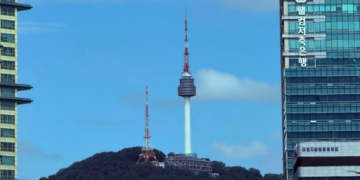When you think you’ve seen everything nature has to offer, South Korea invites you to watch the sea split in half—literally. Every year, just off the coast of Jindo Island, the ocean draws back to reveal a golden path that stretches over 2 kilometers across open water. Locals call this sea parting road the “Miracle of Moses,” of Jindo, South Korea while scientists call it tidal harmonics. But once you’re there, standing on that road between sea and sky, explanations no longer matter. What matters is that you made it in time—and that for a fleeting moment, the impossible looks completely real.
What Is the “Moses Miracle” of Jindo, South Korea?
Tucked into the southern coastline of South Jeolla Province, one of the “Korea Culture City” projects, Jindo, the Jindo Miracle Sea Road (진도 바닷길) is a rare tidal phenomenon that connects Jindo Island to the smaller Modo Island.
For an approximately one hour—only a few times a year—the tide recedes enough to uncover a 2.8-kilometer stretch of land. This then resulted in a wide, walkable road rises from beneath the sea like something out of a legend.
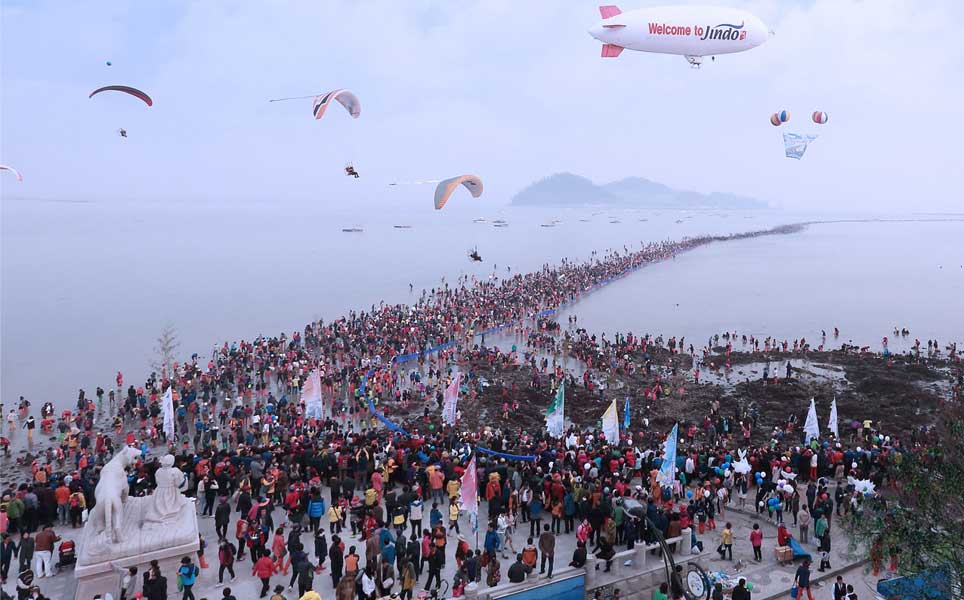
And indeed, legend plays a central role here. Long before French diplomat Pierre Landy famously likened the phenomenon to the parting of the Red Sea in 1975, locals were already telling the story of Bbyong—an elderly woman whose prayers to the sea god, Yongwang, led to a miraculous reunion with her family across the water.
Today, a bronze statue of Bbyong and a tiger greets travelers on the shore, reminding everyone that this natural wonder is also deeply spiritual.
How Does the Jindo Sea Parting Actually Work?
Now, beyond all the legends and lores that circulated around this Moses miracle in Jindo, South Korea, there’s actually a perfectly explainable scientific explanation.
According to geoscientists, the Jindo sea parting road happens due to a perfect alignment of gravitational forces between the Earth, sun, and moon. When multiple tidal harmonics peak in phase—especially during spring equinoxes—the Myeongnyang Strait experiences an extreme low tide. This pulls back the sea and exposes a hard-packed sediment ridge that usually lies hidden under waves.
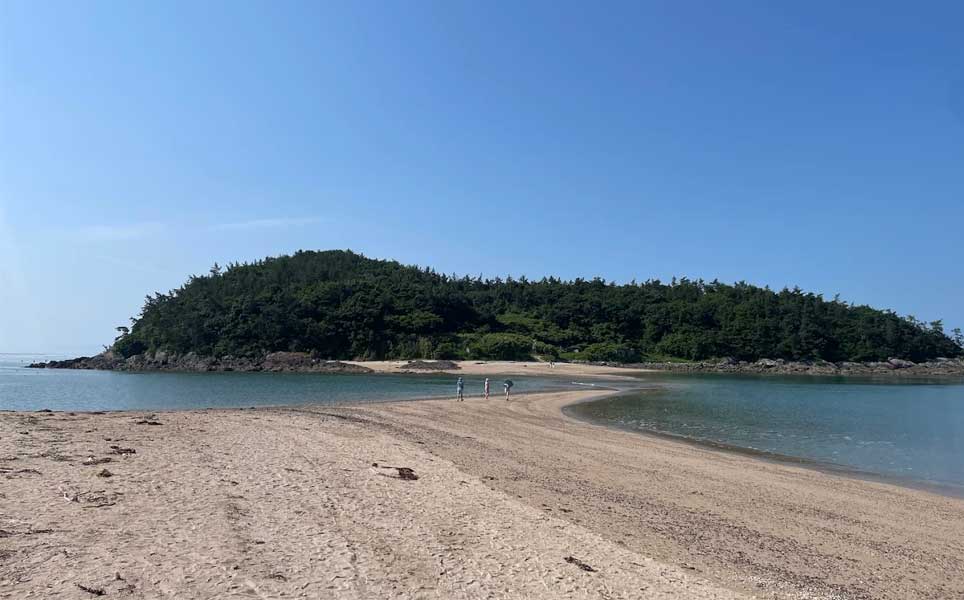
The land bridge is stable enough to support large groups of visitors. But it doesn’t last long. Within the hour, the water starts to return—and fast. That’s why timing, and a healthy dose of respect for nature’s clock, is everything here.
When and Where to See the Jindo Miracle Sea Road
The Jindo Miracle Sea Road Festival is the best time to witness this rare event—and it’s timed to perfection. The 45th edition was scheduled from March 29 to April 1, 2025, when tidal conditions will be at their most dramatic. The sea road usually emerges at different times of day, depending on the tide levels and situations. and stays visible for approximately one hour.
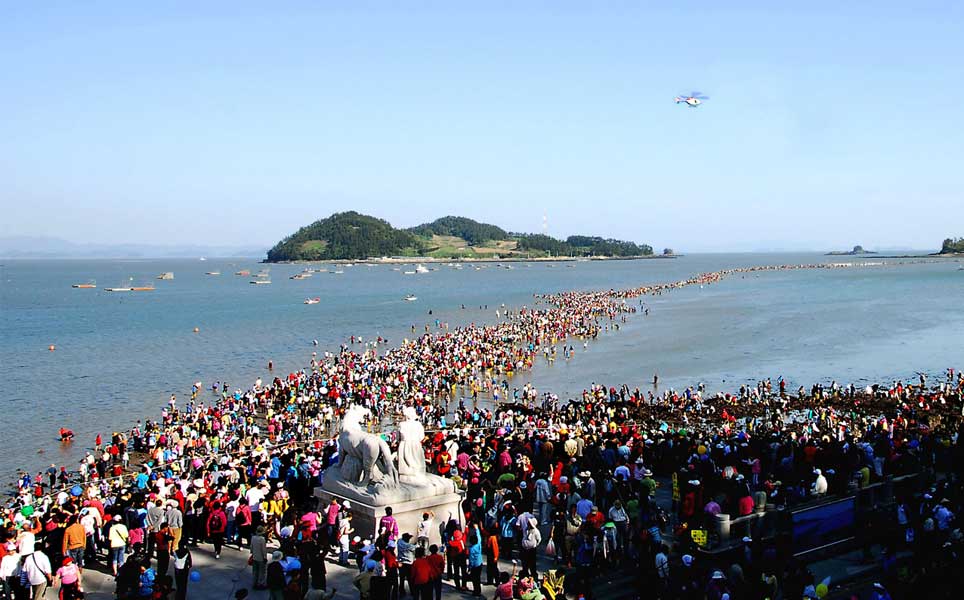
You’ll find the festival in Hoedong-ri (Gogun-myeon) and Modo-ri (Uisin-myeon), in Jindo County. Jindo itself lies about 370 kilometers south of Seoul and is most easily accessed via express bus to the Jindo Bus Terminal, followed by a local bus and a walk to the festival site. If you’re coming in a group or want maximum flexibility, car rental or a guided tour (such as those via Klook or Viator) is highly recommended.
What to Expect at the Festival: Culture, Cuisine, and the Unexpected
Unlike anything you’ve experienced, the Jindo Miracle Sea Road Festival blends scientific awe with vibrant Korean tradition. The atmosphere buzzes with energy as thousands of visitors—local and international—gather to walk the sea road barefoot, hunt for shellfish, and immerse themselves in Jindo’s proud heritage.
From the shoreline, the festival expands into a full cultural playground. You’ll hear the haunting melodies of Jindo Arirang and see women in hanbok performing the ancient Ganggangsullae circle dance. Farmers sing Namdo Deullorae, and shamans lead the Ssitgimgut cleansing ritual—all performances designated as Korean intangible cultural heritage. Modern touches include Jindo dog showcases, live ssireum wrestling, and even evening EDM concerts under the stars.
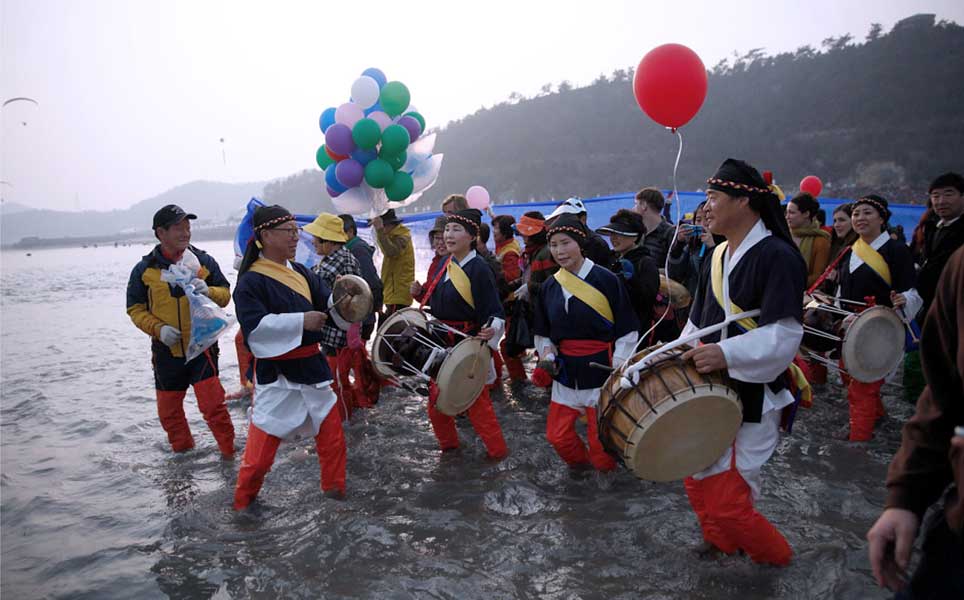
And then there’s the food. Coastal flavors reign supreme here: ddeumbukguk (a beef-and-seaweed soup), blue crab stews, and hongju, the island’s deep-red traditional liquor. Pop-up seafood tents line the beach, steaming with fresh abalone and octopus pulled straight from the shallows.
How to Prepare for the Jindo Sea Parting Experience
You’ll want to arrive early—around 5 a.m.—especially during peak festival days. Parking fills up fast, and the sea waits for no one. As for attire, think practical. The sea road is muddy and wet in parts, so opt for quick-dry clothes (leggings, shorts, light jackets) and shoes you don’t mind ruining. Waterproof boots or bare feet are both popular choices. Don’t forget a towel, extra clothes, sunscreen, and a portable phone charger—you’ll be taking more pictures than you think.
Safety is key: listen for warning sirens and never venture too far as the tide begins to return. Locals and coast guards monitor the area closely, but the sea’s rhythm can be unpredictable.
Where to Stay: Sol Beach Jindo and Nearby Options
The closest and most popular accommodation is Sol Beach Jindo, a resort that opened in 2019 just a short drive from the festival zone. It offers ocean views, a swimming pool, family-friendly amenities, and easy access to other nearby attractions like Gagye Beach and the Jindo Dog Center.
If rooms are fully booked (and they often are during the festival), you can find more options in Mokpo, about an hour’s drive away. Hotels such as Hotel Hyundai Mokpo offer comfort and convenience, but reserve early—availability disappears quickly once tide schedules are announced.
What Makes Jindo Sea Parting Road Different?
While South Korea boasts over 20 known sea parting sites, none compare to the sheer scale and storytelling of Jindo Korea. What sets the Jindo Miracle Sea Road apart isn’t just its scale or scientific intrigue—it’s the way this phenomenon intertwines with Korean folklore, local traditions, and community spirit.
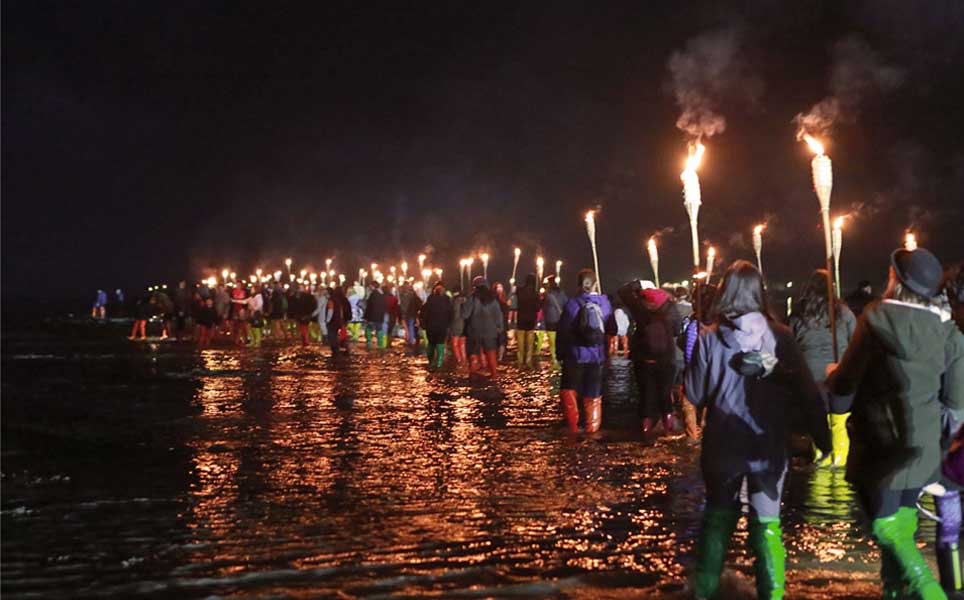
Unlike other tidal crossings, Jindo’s sea parting is deeply celebrated, marked by a full-scale cultural festival and internationally known as the “Korean Miracle of Moses.” The experience blends natural wonder with reverence, rooted equally in geoscience and storytelling. Paired with the island’s rich cultural performances and scenic heritage, it offers something far more immersive than any other sea road in Korea—or the world.
What elevates the experience even more is the reverence—how the community treats this brief moment not as a gimmick, but as something to be honored and shared.
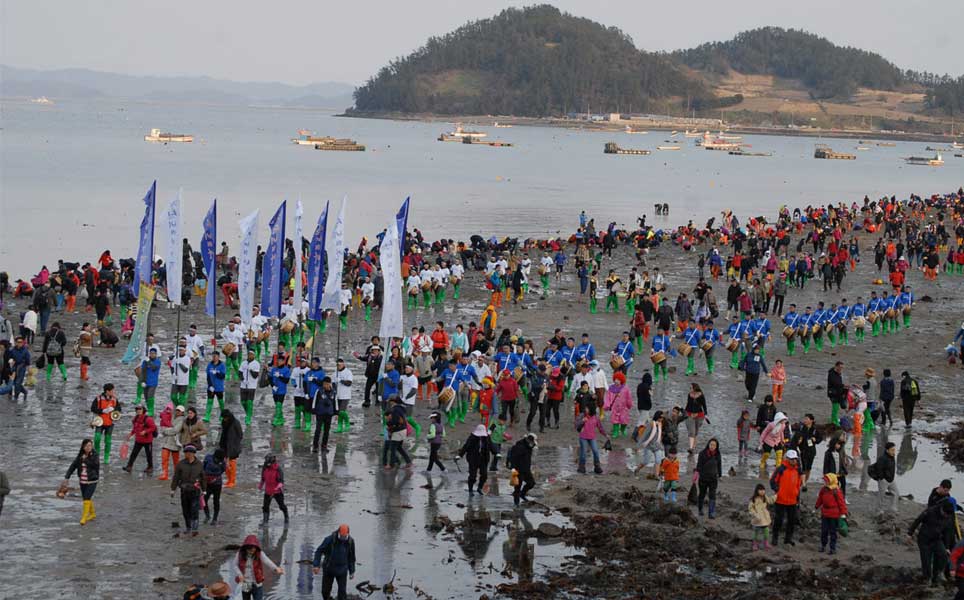
Beyond the Miracle Sea Road Festival: What Else to See in Jindo
Even if your visit doesn’t align with the sea parting, Jindo offers rich travel rewards. Trace Admiral Yi Sun-sin’s legendary naval tactics at Uldolmok. Explore the Namdo Traditional Art Museum or take in the sunset drive along Sebang Coastal Road. And if you’re lucky, you might catch the local Yeongdeungje ritual in spring or fall, where residents pray to Grandmother Bbyong and the Dragon King for bountiful harvests and safety at sea.
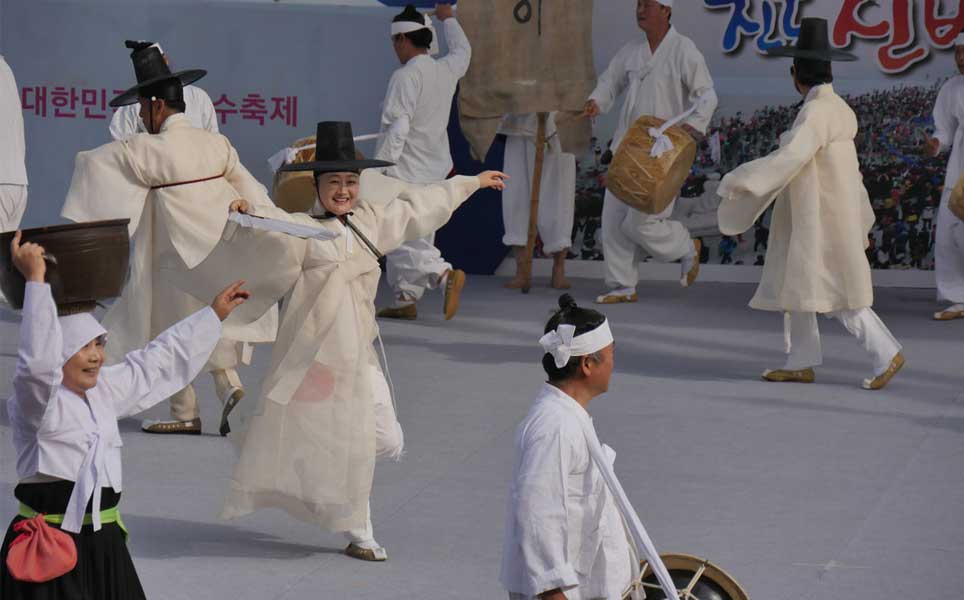
“Moses Miracle” in Jindo, South Korea: A Sea That Connects, Not Divides
Finally, although it may look like it, the ocean in Jindo does not actually separate. Instead, it gives us a revelation, and a magnificent reminder.
For just one hour, a bridge appears—not built by human hands, but shaped by gravity, myth, and memory. That’s why at this Jindo Miracle Sea Road in South Korea, you will actually be experiencing the real “Moses Miracle” as you walk through the sea parting.
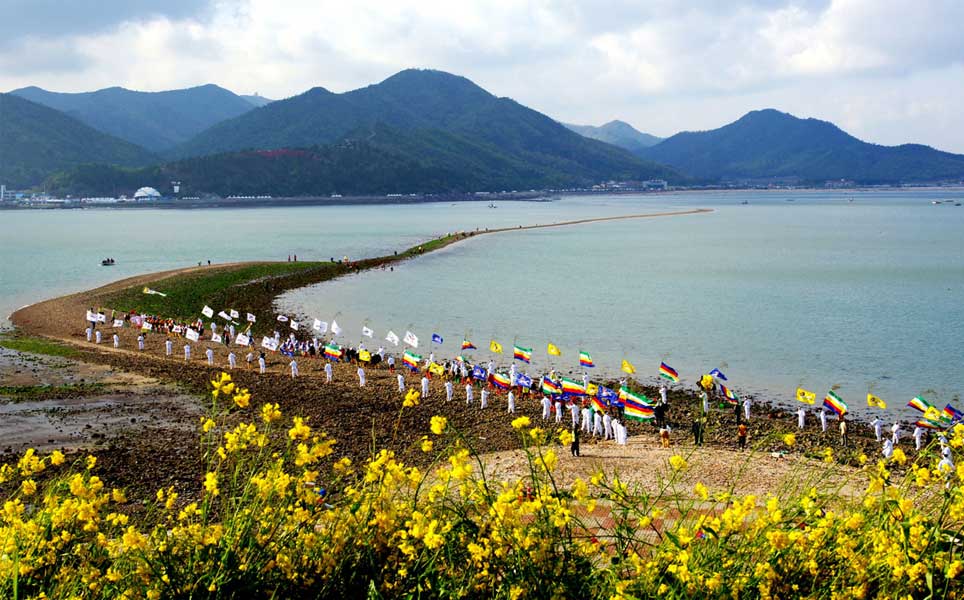
And when you do, take the most of the moment, and let the wind pull stories for you from the ocean. Because this is more than just a path. It’s South Korea’s living miracle—and it’s waiting for you to take that first step.
Related Posts
8,028 total views, 29 views today



